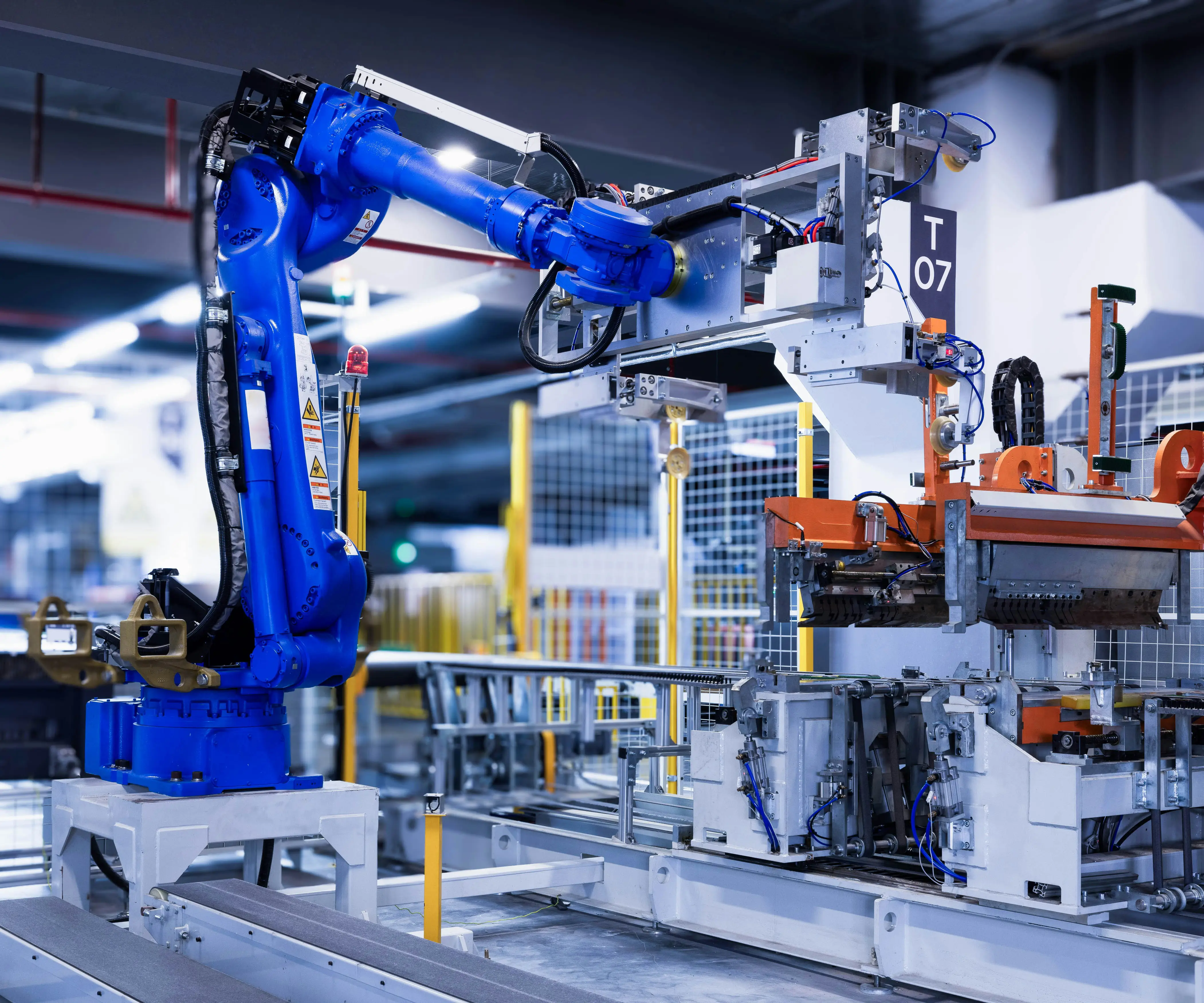part 1:
In the realm of modern engineering and automation, motors are the heartbeat of countless machines and devices. Among these, brushed DC gear motors stand out as a versatile, reliable, and cost-effective power transmission solution that has stood the test of time. Whether it's in the simplest household gadgets or complex industrial machinery, brushed DC gear motors are integral to translating electrical energy into precise mechanical motion.

Understanding the Basics of Brushed DC Gear Motors
At their core, brushed DC gear motors combine two critical components: a brushed direct current (DC) motor and a gear reduction system. The motor itself operates on the principle of electromagnetic induction, where electric current flowing through windings generates a magnetic field, causing the rotor to spin. The brushes, typically made of carbon, conduct current between the stationary power supply and the rotating commutator, ensuring continuous torque generation.
What truly sets brushed DC gear motors apart is their integration with a gear train. The gear assembly reduces the motor’s high rotational speeds to a more manageable, torque-rich output suitable for various applications. This feature offers an incredible advantage: it allows a relatively small motor to produce substantial torque at low speeds, broadening the scope of what these motors can do.
Why Choose Brushed DC Gear Motors?
The appeal of brushed DC gear motors lies in their simplicity and robustness. They are easy to control, requiring only voltage adjustments to modify speed and direction, making them perfect for hobbyist projects and industrial automation alike. Moreover, their manufacturing processes are well-developed, ensuring high availability and affordability worldwide.
Compared to their brushless counterparts, brushed DC gear motors often come with lower initial costs, and their straightforward design lends to easy maintenance. They also excel in applications where rapid start-stop operation is needed because the brush contact provides immediate torque response without complex electronic controllers.
Design Features and Components
A typical brushed DC gear motor comprises several key parts:
Motor Housing: Encases the stator and rotor, protecting internal components. Rotor (Armature): The rotating part with windings that create a magnetic field. Stator: Stationary part, often consisting of magnets or electromagnetic windings. Brushes and Commutator: Conduct electricity to the rotor while maintaining electrical contact during rotation. Gearbox: A series of gears (spur, planetary, or worm gears) that reduce rotational speed and increase torque.
The choice of gear type influences the motor's performance characteristics, including speed reduction ratio, efficiency, size, and noise level. Spur gears, for instance, offer high efficiency and simplicity, while planetary gears provide higher torque density and compactness.
Applications in Everyday Life
You might not always notice brushed DC gear motors at work, but chances are, they are powering many of your everyday devices. Think of electric toothbrushes with precise torque needed for effective cleaning, remote-controlled toy cars with rapid acceleration, or camera autofocus systems demanding quick, smooth movements.
In larger scale, these motors serve in robotics and industrial equipment, such as conveyor belts, automatic door openers, and medical devices like infusion pumps. Their ability to deliver high torque at low speeds, coupled with straightforward control, makes them indispensable in applications where reliability and simplicity are paramount.
Setting the Stage for Innovation
The evolution of brushed DC gear motors continues, fueled by advances in materials and manufacturing technologies. Engineers are constantly refining gear designs to minimize backlash and wear, thereby extending operational life and enhancing precision. Meanwhile, efforts to improve brush and commutator materials aim to reduce electrical arcing and maintenance needs.
In the next part, we will delve into the specific advantages and challenges associated with brushed DC gear motors, explore their selection criteria, and highlight future trends shaping their development. From smart automation to sustainable energy solutions, discover how these dependable motors are poised to power the next wave of technological innovation.
Leveraging innovations in modular drive technology, Kpower integrates high-performance motors, precision reducers, and multi-protocol control systems to provide efficient and customized smart drive system solutions.




































